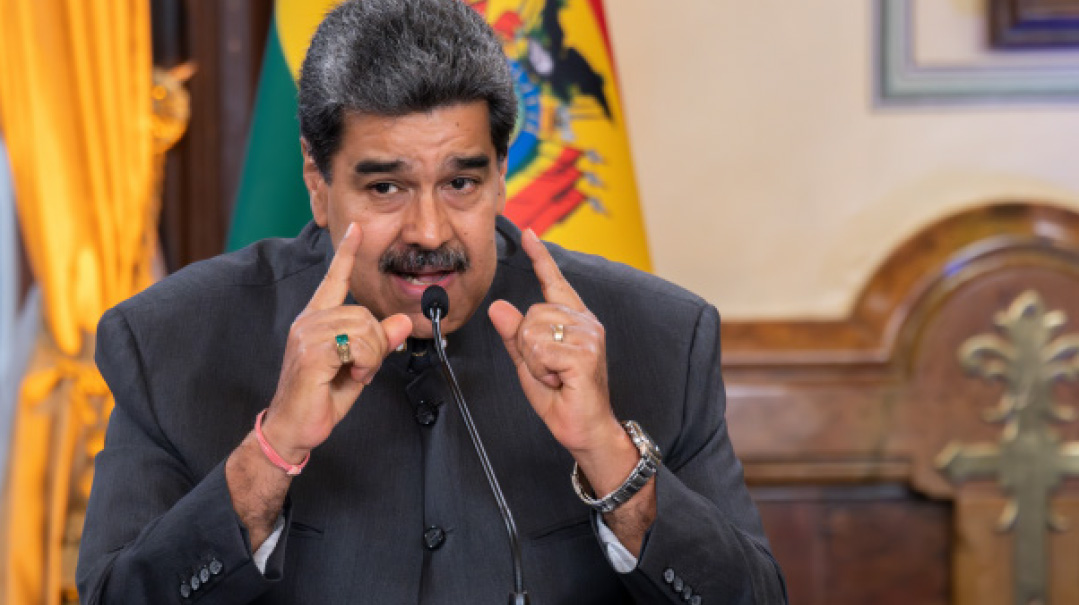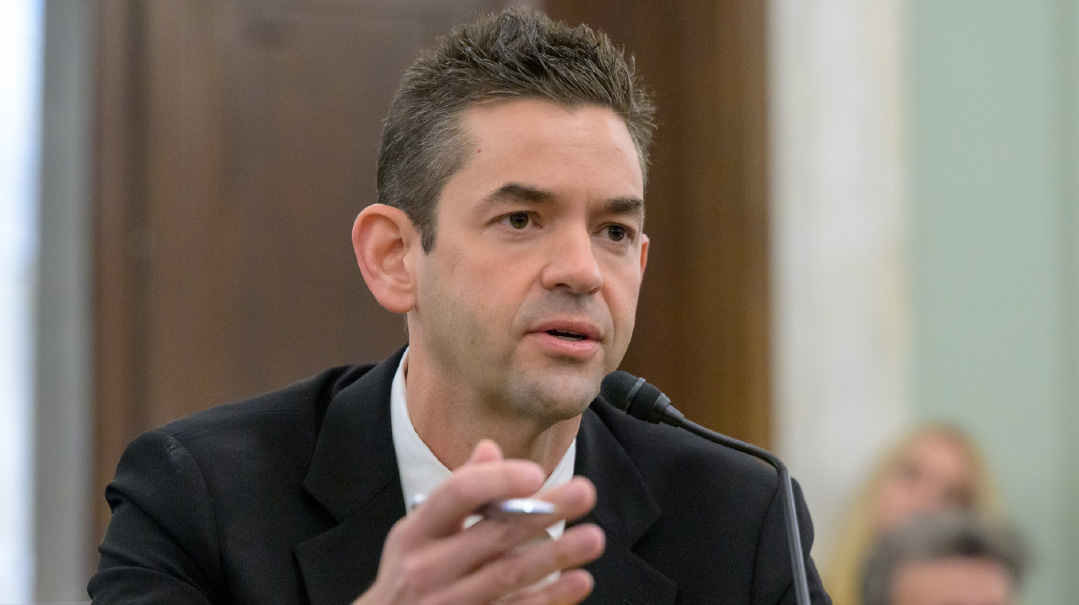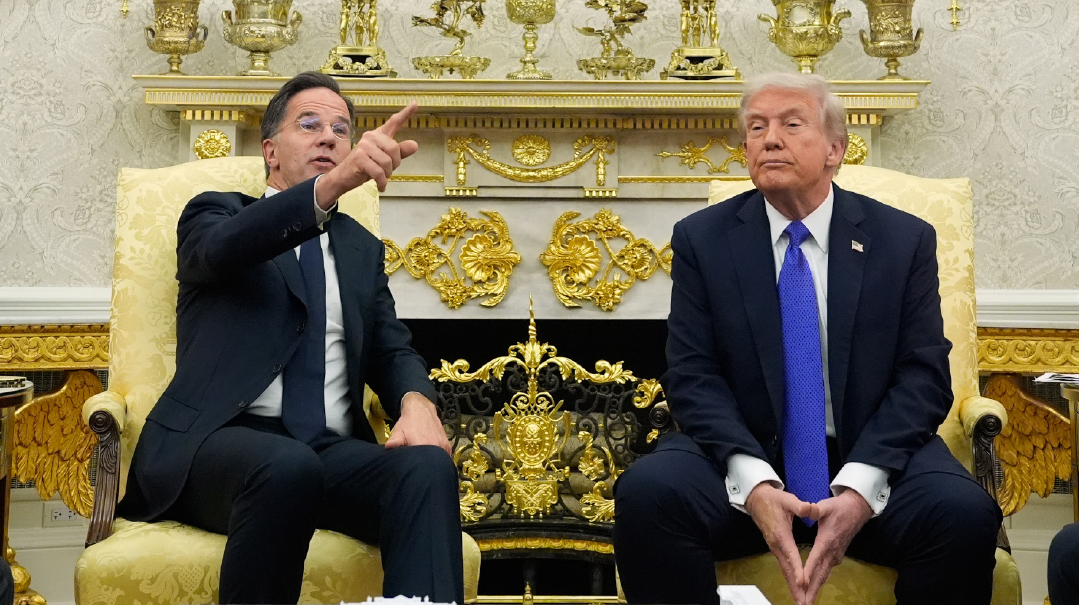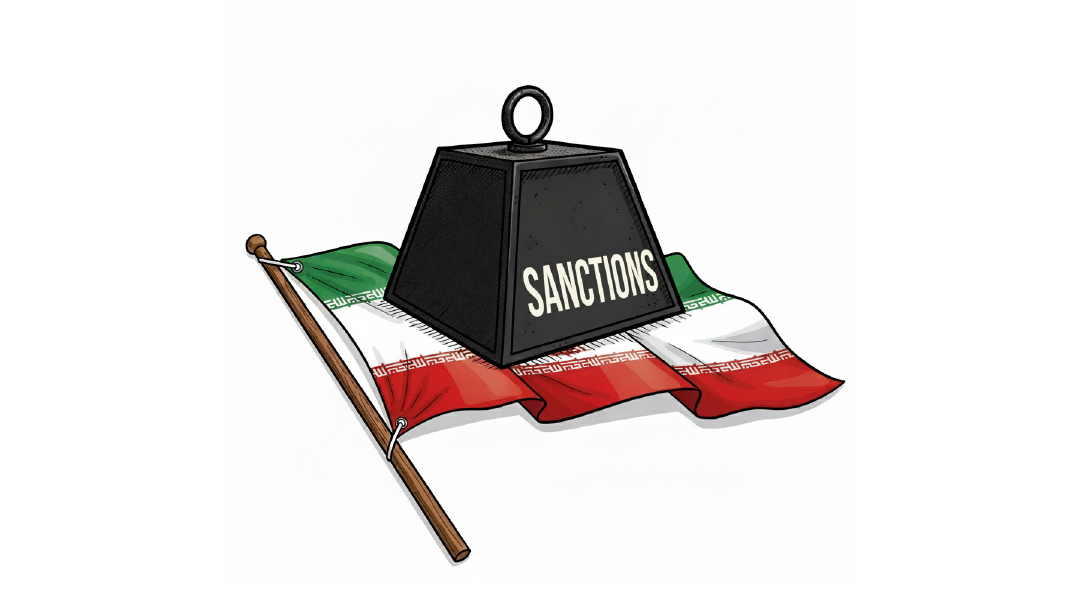Dominating the Narrative
| February 4, 2025Donald Trump mastered the art of dominating the news cycle
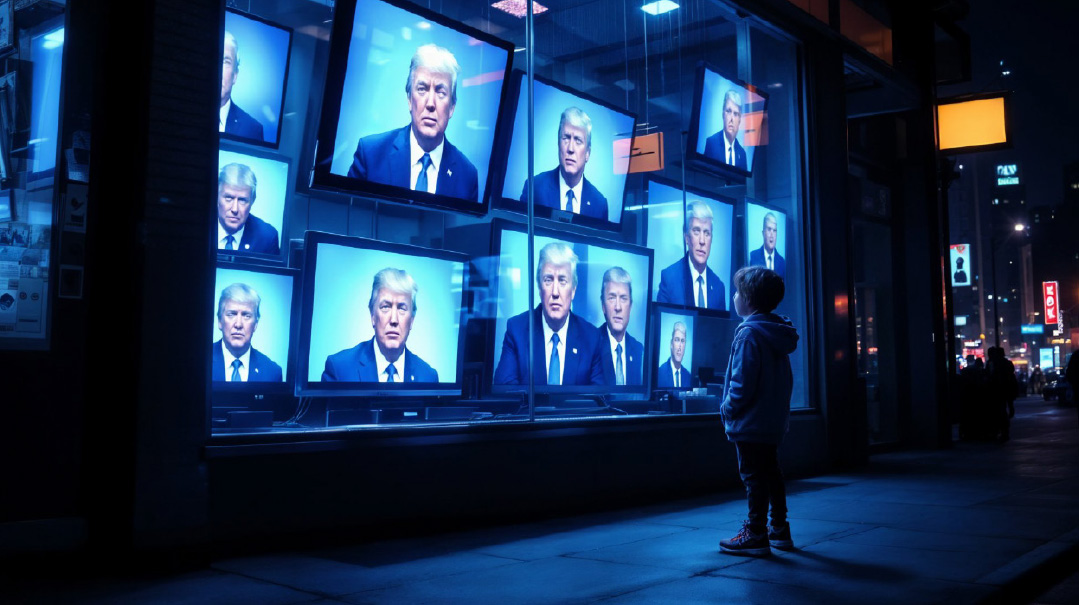
During Donald Trump’s first term as president, his administration experimented with various ways to handle an openly hostile press corps. He ignored certain outlets, pushed prominent journalists to the back of the room, even canceled daily press briefings. But none of it worked. The media still shaped much of the coverage.
The Biden administration, however, took a different approach: press access was quietly restricted using a vague RSVP system, justified under Covid protocols. This allowed the White House to hand-pick which outlets had access to POTUS. When questioned on this, Biden officials cited CDC guidelines — yet the CDC itself denied involvement. If reporters pushed further, the White House simply deflected responsibility back to the CDC — a loop no journalist wanted to challenge too aggressively, for fear of being blacklisted.
The result? A press corps that self-censored out of fear of losing access.
Now back in power, Trump has completely reversed this strategy. Instead of restricting access, he’s expanding it dramatically. Rather than letting a small group of “legacy” media outlets dominate the room, Trump is welcoming in podcasters, social media influencers, YouTubers, Substack writers, and nontraditional media. (The White House press office received 7,400 requests for credentials in the first 24 hours after these new rules were announced.)
The result? Major outlets like the New York Times and CNN once shaped the entire media landscape; now, they’re just one diluted voice among many, competing with independent journalists who speak directly to their audiences.
Instead of fighting with hostile reporters in a one-sided room, Trump now controls a more dynamic, unpredictable environment where influencers challenge mainstream narratives in real time. Traditional press conferences were once rigid, controlled exchanges. Now, they’re unpredictable, fast-moving content hubs, with viral clips spreading across various platforms.
Trump thrives in media-saturated chaos. Restricting press access never worked for him, because he needs the media as much as they need him. So instead of silencing critics, he’s drowning them out. Mainstream media is still covering him nonstop — but they’re no longer the only ones shaping the story. Trump is betting that in an era of infinite media streams, traditional journalism will lose its grip and alternative media will dominate the future. This strategy might forever change how presidents interact with the press.
Donald Trump mastered the art of dominating the news cycle. No matter what the national conversation is, both he and his issues remain at its center. Unlike real politicians, who react to headlines, Trump redirects them — often with a mix of controversy, embellished imagery, calculated vagueness, and sheer unpredictability. His approach forces media, supporters, and critics to engage on his terms, amplifying his message regardless of their stance.
A perfect example of this strategy played out following the recent aviation tragedy in Washington, D.C. Before investigators could determine what happened, Trump speculated — without presenting evidence — that diversity, equity, and inclusion (DEI) policies may have played a role. He didn’t need proof, he just needed people talking about it.
As soon as he introduced DEI into the discussion, media scrambled to fact-check him, supporters rallied behind him, and opponents rushed to debunk him. Meanwhile, the actual story — the cause of the crash — became secondary. Since everyone was talking anyway, Trump couldn’t resist shaping the conversation to elevate an issue he wanted at the forefront.
But Trump’s media strategy doesn’t stop at inserting himself into existing stories. He also creates over-the-top narratives that sound absurd at first but serve a deeper strategic purpose. These moments — in which he makes an outrageous claim that captures attention — aren’t random outbursts. They are carefully designed moves to force discussion, create uncertainty, and pressure opponents into reacting.
Take, for example, the time he floated the idea of militarily invading Greenland. On the surface, the idea was laughable. Would the president who campaigned on ending wars suddenly invade an island mostly inhabited by penguins and 56,000 Danish citizens? Nah. But that wasn’t the point. By making Greenland a global topic, Trump ensured that world leaders, analysts, and military strategists were discussing its strategic importance — something that otherwise wouldn’t have been a priority. Denmark dismissed the idea, but China and Russia didn’t. Whether they thought Trump was serious or just unpredictable, they had to consider the possibility, so mission accomplished.
(As you may be aware, there are no penguins in Greenland. I included them anyway to illustrate how effortlessly Trump can spark conversation — sometimes all it takes is a small, deliberate mistake to set off a media frenzy.)
Trump employed the same method when he declared, in the middle of a bill-signing ceremony, “We have 30,000 beds in Guantanamo to detain the worst criminal aliens threatening the American people.” He didn’t say he was expanding Gitmo — a word that conjures images of terrorists — or that he was detaining 30,000 more prisoners, either of which would have sparked a different reaction.
Instead, he chose the word “beds,” which makes the move sound like a logistical adjustment rather than an aggressive policy shift. But the number itself, 30,000, planted a stark image in people’s minds. Where would those beds go? Where would currently detained terrorists go? The lack of details didn’t matter. The ambiguity fueled speculation, keeping the conversation alive.
And that speculation had real-world consequences. Trump knows that mass deportations are logistically challenging, but self-deportation is another story. By flooding headlines with the idea of a vastly expanded Gitmo, he sent a message to undocumented immigrants: Get out before you find out. Even if the plan is never fully realized, the perception alone can cause people to leave voluntarily. In this way, Trump doesn’t just shape debates — he shapes behavior.
The same principle applied when Trump suggested Jordan and Egypt could forfeit billions in US funding if they refuse to take in Palestinian refugees. He didn’t draft a formal policy or make a direct demand, he simply floated the idea and let media do the rest. Now, instead of quietly rejecting US pressure, Jordan and Egypt were forced into a global discussion about whether they could afford to say no. Everyone from foreign leaders to political analysts is forced to ask: Will Jordan and Egypt cave to US pressure? Will aid actually be cut? Will another country step in to broker a solution?
It’s the same playbook he used when he questioned NATO allies’ commitments, hinted that he could serve more than two terms, or suggested policies that sound too extreme to be real. These statements force reactions, ensuring that Trump — not his opposition — controls the terms of the debate.
The brilliance of this tactic is that it doesn’t matter whether people believe him or not. If they take him seriously, he wins. If they mock him, he still wins — because now the conversation is his, and once again, he’s at the center of the political universe.
“Karoline knocked it out of the park. It was a great contrast to the last administration to see a press secretary who clearly had access to the president and command of the issues.”
—Sean Spicer
When Sean Spicer, a seasoned communications veteran, stepped up to the podium for his first briefing as White House press secretary in the early days of Trump’s first term, he had barely a few hours to prepare. And then disaster struck. The computer holding all the administration’s talking points crashed, leaving him scrambling. Instead of canceling, he took the stage anyway, like a deer caught in the spotlight.
Current White House press secretary Karoline Leavitt, by contrast, took a different path. She started at the bottom, working as a White House press intern in 2018 and steadily climbing the ranks. Over seven years, she studied the game, learned from past mistakes, and honed her craft. When her moment arrived, she wasn’t just ready. She owned it.
Spicer later confided in me that he wished he hadn’t gone first, that he could have learned from someone else’s missteps. Leavitt got that chance — and she made sure not to waste it.
(Originally featured in Mishpacha, Issue 1048)
Oops! We could not locate your form.

